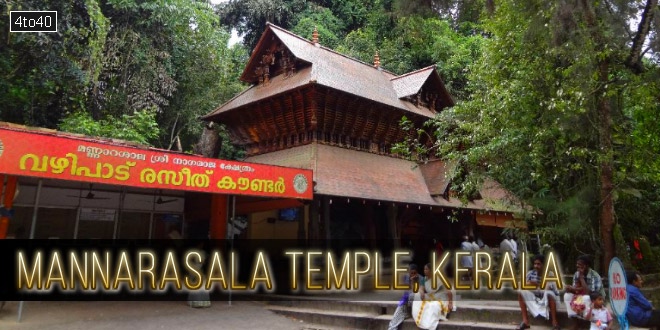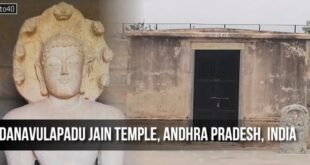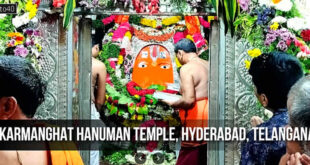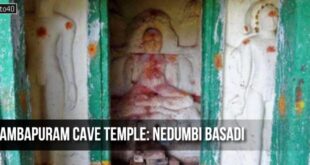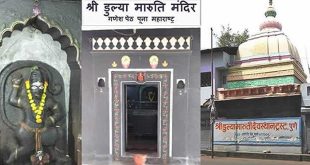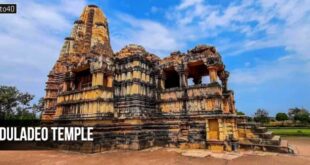30 हजार सर्प प्रतिमाओं वाला मंदिर
मन्नारशाला मंदिर केरल में स्थित है। यह 30 हजार सर्प प्रतिमाओं वाला मंदिर है जो 6 एकड़ क्षेत्र में फैला है। मंदिर नागराज और उनकी अर्धागिनी नागयक्षी देवी को समर्पित है। यहां नागराज तथा नागयक्षी देवी की अनूठी प्रतिमा स्थापित है।
मंदिर से जुड़ी किवदंतियों के अनुसार महाभारत काल में खंडावा नामक एक बन प्रदेश था, जिसे किसी कारणवश जला दिया गया था, जिसका एक हिस्सा बच गया था। वनके सभी सर्पों के साथ अन्यकई जीव-जंतुओं ने यहां शरण ले ली। मन्नारशाला वही जगह बताई जाती है।
मन्नारशाला श्री नागराज मंदिर, आलाप्पुड़ा ज़िला, केरल
मंदिर परिसर से ही लगा हुआ एक नम्बूदिरी परिवार का पुश्तैनी घर है। मंदिर के मूलस्थान में पूजा-अर्चना आदि का कार्य इसी घराने की बहू निभाती है। उन्हें वहां अम्मा कह कर पुकारा जाता है।
हैरान करने वाली बात यह है कि शादीशुदा होने के बावजूद वह ब्रह्मचर्य का पालन करते हुए दूसरे पुजारी परिवार के साथ अलग कमरे में निवास करती हैं। लोक मान्यताओं की मानें तो यहां नागराज के दर्शन से नि:संतान दंपति को संतान प्राप्ति का आशीर्वाद प्राप्त होता है।
| Name: | मन्नारशाला श्री नागराज मंदिर (Mannarasala Sree Nagaraja Temple) |
| Location: | Haripad P.O., Alappuzha District, Kerala 690514 India |
| Deity: | Nagaraja (Snake God) |
| Affiliation: | Hinduism |
| Timing: | 07:00 AM – 19:00 PM |
| Festivals: | Mannarasala Aayilyam, Maha Shivaratri, Kumbham, Kanni |
Mannarasala Shri Nagaraja Temple: The temple is one of the most important centers of serpent Worship in Kerala.
The grove is covered with massive trees and twisting serpentine vines thast seem to fall from the sky giving the primeval temple a mysterious and magic ambiance. Small stone serpents of every form and shape, sculptured and installed by those devoted to the serpent gods, line the walls that trace the perimeter of the temple.
Thick jungle, remains in some patches of the temple grounds, reminiscent of ancient times when the grove was overrun by growth. Larger granite idols can also be seen installed here, covered with moss and vegetation and wrapped between the twisted vines. These are perhaps offered directly to the snakes of the grove.
The well known story of the area of how the grove was burned some 4,000 – 5,000 years ago where the present temple now stands. Before that, he said, it was still known by many and had already been a sacred grove of the serpents. Upon hearing this we felt a sense of timelessness, as if we had entered some other world.
In the earlier times of Kerala every individual was supposed to worship serpents and set aside one area in their home for a serpent grove. This groove should be at least one fourth of the compound, and should be placed in the southeast or southwest corner. Today not every house has one but they can still be found.
Mannarsala may be translated as the place where the soil has cooled down. The place is said to have connection with the Khandava episode of the Mahabharta epic. A fire had broken out in the forest and led to the death of the serpent folk. The survivors fled for their lives and found a cool place which was unaffected by the fire. This place was Mannarsala, which became the haven of the serpents.
Mannarasala Temple is devoted to serpent worship. It is located near Harippad, 32 km south of Alappuzha, Kerala. In this temple, the rites are presided over by a priestess. The temple covers an area of 16 acres of dense green forest grove. The two main idols are Nagaraja or the serpent king and his consort, Sarpayakshini.
Though the legends related to the origin of a place cannot be deemed as its history, the story on the evolution of Mannarasala as the supreme place of worship of the serpent Gods is associated with Parasurama, the creator of Kerala.
The history of Mannarasala has been mentioned in the ‘Mandara Salodayam’ Sanskrit poem written by Mannarasala M.G.Narayanan Nampoodiri of the sacred family, who wrote it on the basis of reliable accounts and legends traditionally handed down and in the light of old books available with the temple. Since the poem was incomplete, the history narrated here is from the book ‘The Serpent Temple Mannarasala’, published by Mr.N.Jayadevan of Manasa Publications (Translated to English by the renowned scholar Dr.Ayyappa Panikker). This book is also based on the advice and instructions received from the former Great Mother, and in accordance with the other members of the family as well as the old records examined for the purpose.
How to reach:
- Nearest bus stand: 3 km (1.9 mi) from Haripad KSRTC bus stand
- Nearest railway station: Haripad (3 km), Mavelikkara (16 km), Kayamkulam (18 km)
- Airport: 115 km from Cochin International Airport, 125 km from Thiruvananthapuram International Airport.
 Kids Portal For Parents India Kids Network
Kids Portal For Parents India Kids Network
